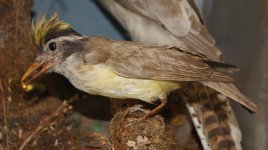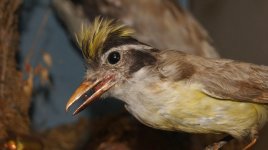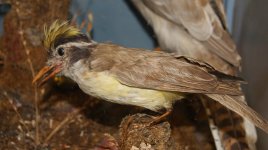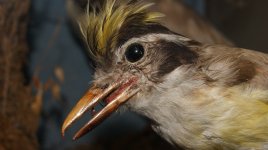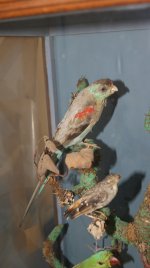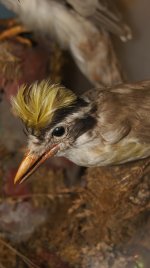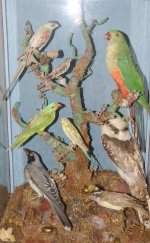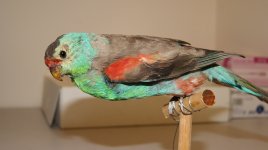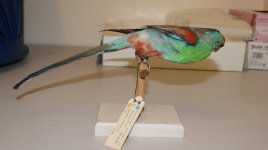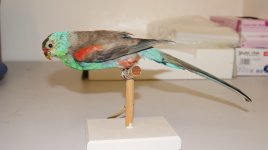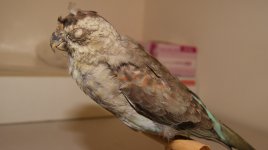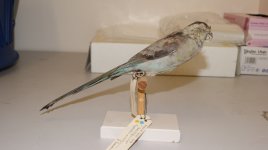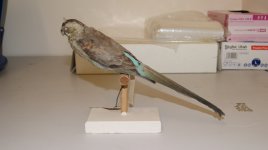dantheman
Bah humbug
... I think that's just clutching at straw-coloured bills ...
Presumably it is something that's faded, but might require better photos, as at a guess could be lots of things? Presume DNA would be expensive (and would that help if you don't know what comparing to in the first place?)
Presumably it is something that's faded, but might require better photos, as at a guess could be lots of things? Presume DNA would be expensive (and would that help if you don't know what comparing to in the first place?)







